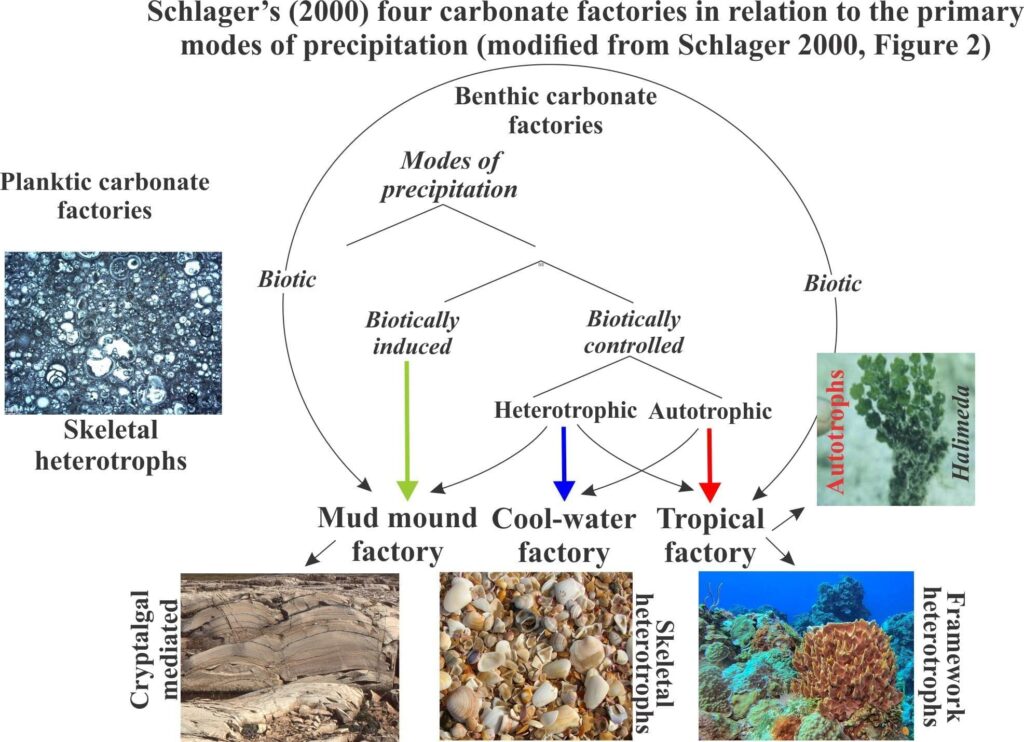In a groundbreaking discovery that adds a new chapter to our understanding of Mars’ ancient environment, scientists analyzing data from NASA’s Curiosity rover have identified carbonate minerals on the Red Planet, suggesting the existence of a complex carbon cycle that operated in its distant past. These findings, published in the prestigious journal Science, bolster the hypothesis that Mars once hosted conditions conducive to life, potentially akin to those on Earth. The presence of carbonates not only points to a history of water-driven interactions on the Martian surface but also raises intriguing questions about the planet’s geochemical processes and climate dynamics. As researchers delve deeper into this tantalizing evidence, they continue to piece together the enigmatic story of Mars’ ability to sustain life—and its transformation into the arid landscape we observe today.
Carbonate Discoveries on Mars Unveil Evidence of Ancient Carbon Cycles
The latest findings from the Curiosity rover highlight the presence of carbonate minerals on Mars, offering tantalizing clues about the planet’s ancient climate and geological activity. These carbonates, believed to have formed in a warmer, wetter environment, suggest that Mars once had a more dynamic carbon cycle similar to that of Earth. The discovery raises questions about the history of water on the planet and its capacity to support life. Researchers are now focused on understanding the processes that led to the formation of these carbonates and their implications for the planet’s atmospheric conditions over millions of years.
Preliminary analyses reveal a complex interplay between atmospheric and geological processes that contributed to these carbonate formations. Key factors that may have influenced the carbonate cycle on ancient Mars include:
- Temperature fluctuations – Variations in climate that could affect carbonate stability.
- Water activity – The role of liquid water in transporting carbonates through erosion and sedimentation.
- Volcanic activity – Potential releases of carbon dioxide that might have influenced the early Martian atmosphere.
The implications of these findings extend beyond geology. Understanding how carbon was cycled on ancient Mars can assist researchers in forming models for planetary habitability. An investigation into the age and distribution of carbonate minerals across the Martian surface could significantly enhance our comprehension of the planet’s evolution over geological time. The table below summarizes the primary carbonate minerals identified by Curiosity:
| Carbonate Mineral | Potential Formation Environment |
|---|---|
| Magnesite | Low-temperature aqueous processes |
| Calcite | Evaporative environments |
| Dolomite | Marine sedimentary processes |
Implications of Curiositys Findings for Understanding Mars Climate History
The discovery of carbonates by the Curiosity rover has profound implications for our understanding of Mars’ climate history. Carbonates, which form in the presence of liquid water and a stable atmosphere, suggest that ancient Mars once had conditions conducive to hosting life and a dynamic climate. The findings indicate that a carbon cycle similar to that on Earth may have operated on the Red Planet, supporting the notion that Mars was not always the cold, arid landscape we see today. This lends credence to the hypothesis that Mars had an environment where liquid water was prevalent, allowing for potential biological processes.
Furthermore, the identification of these carbonates sheds light on the geologic history of Mars, offering insights into how its climate has changed over billions of years. As scientists analyze the gathered data, they can better understand the planet’s atmospheric composition and its shifts, which could lead to significant revelations regarding Mars’ ability to support life. The implications also extend beyond the planet itself, prompting further examination of other celestial bodies with similar characteristics. For instance, comparisons can be drawn with Earth’s ancient climate to unravel the broader contexts of planetary evolution and climate processes across the solar system.
Future Missions Should Target Carbonate-Rich Areas to Unravel Planetary Evolution
The recent findings from the Curiosity rover highlight the significance of carbonate-rich areas on ancient Mars, suggesting a dynamic carbon cycle that may have influenced the planet’s evolution. By targeting these regions in future missions, scientists can gather critical data to understand the role of carbonate minerals in the planet’s past climatic conditions and their implication for habitability. Key areas of interest include:
- Understanding the Formation Process: Investigating how carbonates formed can reveal information about the environmental conditions during their formation.
- Assessing Past Climate Conditions: Carbonate deposits serve as historical records, offering insights into the atmospheric composition and climate changes over time.
- Comparative Planetology: Examining Mars’ carbonate deposits alongside Earth’s can provide a broader context for carbon cycling in terrestrial planets.
Moreover, the study of these carbonate-rich areas could potentially offer clues into the biochemical processes that may have existed on Mars, including the possibility of past microbial life. A focused approach using advanced technologies in upcoming missions may help elucidate this intricate history. Below is a summary of potential mission objectives:
| Objective | Significance |
|---|---|
| Sample Return | Retrieve and analyze carbonate samples to study isotopic compositions. |
| High-Resolution Imaging | Capture detailed images of carbonate formations and structures. |
| In Situ Analysis | Conduct on-site measurements of mineralogy and potential organic compounds. |
Key Takeaways
the recent findings from NASA’s Curiosity rover shed new light on the ancient Martian environment, suggesting that a complex carbon cycle once existed on the planet. The identification of carbonates not only highlights the presence of water but also points to the potential for life in Mars’ distant past. As scientists delve deeper into these geological mysteries, we are reminded of the ongoing quest to understand our neighboring planet and the broader implications for the search for life beyond Earth. The discoveries made by Curiosity continue to fuel curiosity and inspire future missions, bringing us one step closer to unveiling the secrets of Mars’ ancient climate and the possibility that it might have once harbored life. As we look to the stars, these findings remind us that the history of our solar system is still waiting to be written.
